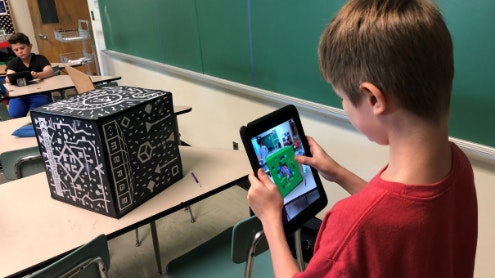Homepage
•
Learning Library
•
Blog
•
Librarians Are Key to Education's Digital Transformation
Expand breadcrumbs
Expand breadcrumbs
- Learning Library
- Blog
- Librarians Are Key to Education's Digital Transformation
- Homepage
- •
- Learning Library
- •
- Blog
- •
- Librarians Are Key to Education's Digital Transformation
Librarians Are Key to Education's Digital Transformation
By Jennifer Snelling
April 5, 2021








